Portrait of Nicholas Copernicus
SPL/Photo Researchers
Nicholas Copernicus
Nicholas Copernicus was a Polish astronomer who lived between 1473-1543. He was born in Torun, Poland to a middle class family. He attended school at Cracow and eventually moved on to Italy where he received a degree in mathematical science.
Before his time, people believed in the Ptolemaic model of the solar system, which maintained that the Earth was the center of the universe. Unfortunately, this model was inadequate at predicting the positions of the planets.
In 1543, Copernicus started a scientific revolution when he published
the heliocentric theory (helios means Sun in Greek), in which all the planets, including Earth, revolved around the Sun. This was a highly controversial idea that was denounced by many of his times. He also introduced a full mathematical system
that could accurately calculate the positions of the planets at any given time.
You might also be interested in:

What types of instructional experiences help K-8 students learn science with understanding? What do science educators teachers, teacher leaders, science specialists, professional development staff, curriculum designers, school administrators need to know to create and support such experiences?
...more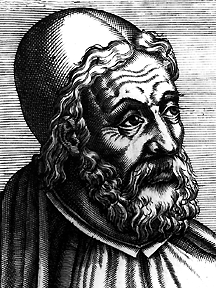
Ptolemy was a Greek astronomer who lived between 85-165 A.D. He put together his own ideas, those of Aristotle, and Hipparchus' system of epicycles and eccentric circles, to formulate the geocentric theory.
...more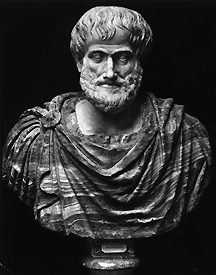
Aristotle was a Greek philosopher who lived between 384-322 B.C. He was one of the greatest thinkers of the world and his written works encompassed all major areas of thought: logic, science, metaphysics,
...more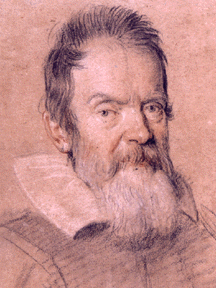
Galileo Galilei was an Italian astronomer and physicist who lived between 1564-1642. He challenged Aristotle's ancient proposition that heavenly bodies were divine and therefore perfect and blemish-free.
...more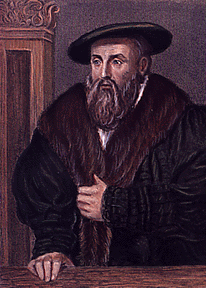
Johan Kepler was a German astronomer who lived between 1571-1630. He introduced three important laws of planetary motion and helped the Copernican model of the solar system gain general acceptance. An
...more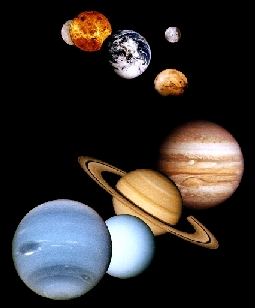
For many years, people believed that the Earth was the unmoving center of the universe and that the planets,Sun, moon, and the stars moved on spheres around the Earth. Astronomers such as Copernicus and
...more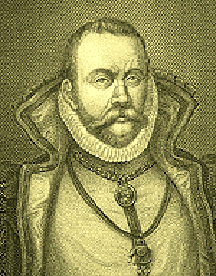
Tycho Brahe was a Danish astronomer who lived between 1546-1601. Although Tycho had his own model of the solar system, which differed from both the heliocentric and geocentric theories, his contributions
...more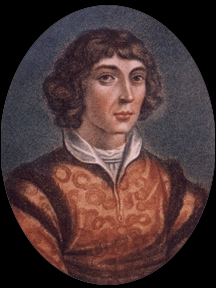
Nicholas Copernicus was a Polish astronomer who lived between 1473-1543. He was born in Torun, Poland to a middle class family. He attended school at Cracow and eventually moved on to Italy where he received
...more














